44 pond water lab worksheet
Lab 1: The Laboratory Microscope The first exercise is meant to familiarize you with the parts of the microscope. Then you will learn to focus the microscope while viewing a sample of pond water. Parts of a Microscope The main parts of a bright-field microscope are shown by the diagram and table below. Protozoan Pond Water Lab Lesson Plans & Worksheets Lab groups set up an experiment to observe what happens over time in collected pond water when fertilizer, representing pollution, is added. This website does not include student lab sheets, but background information, materials, and...
Pond Water Lab Teaching Resources | Teachers Pay Teachers It includes a guided lab sheet and a pond water critter guide for them to identify the organisms they see in the pond water. In this lab they are able to look at pond water in the microscope and use the guide to figure out what they see in the pond water. They are able to identify unicellular and multicellular organisms.
Pond water lab worksheet
PDF Pond Water Pond Water Web WebWeb - Science Spot Pond Water Pond Water Web WebWeb ---- Lesson Plan Lesson Plan Lesson Plan Purpose : As a result of this lesson, students will become familiar with common organisms found in a pond and discover their importance in a balanced aquatic habitat as they create food webs. Pond Water Microscope Lab Teaching Resources | Teachers ... Microbes - Pond Water Microscope Activity/Lab. by. Miss Middle School Teacher. 35. $1.00. PDF. Pond Water Microscope Activity/Lab by Miss Middle School Teacher This lab activity is a great way to explore microscopic organisms living in local ponds, streams, and lakes. I use this during my life sciences/cells unit with middle schoolers. After ... DOC Title: Pond Water Lab - kenanfellows.org 1. Collect a few drops of water from the bottom of your water sample using an eye dropper. 2. Place a drop on the center of the microscope slide. 3. Cover the slide with a cover slip by lowering the cover slip at an angle over the water drop in a manner that spreads out the water drop, but does not trap air bubbles. 4.
Pond water lab worksheet. Virtual Lab - Protista Using the Virtual Pond Dip, you will analyze a sample from a fresh water pond. Notice that there are many small organisms in it. You are to identify only the protists within the sample. Complete the attached lab report and submit via Bb. If you cannot see the lab below, you may access the link directly here. A virtual pond dip. PDF Pond Water Lab Fireng - Chandler Unified School District Pond Water - A Closer Look Lab Procedure 1. Put a very small drop of pond water on a slide. Place a cover slip over it. First, look though a hand lens. 1. Is there anything in the water? Describe what you see? 2. Now look at the drop of water through the microscope at 40x magnification (scanning objective). Is there anything in the water? PDF Lesson Plan: Yucky Water! A Water Quality Lab Investigation • Water samples (tap, stream, and polluted, see Teacher Notes at end of lesson). Time Needed: • Assign pre-lab homework 2 days before lab • 15 minutes to review pre-lab homework and to introduce activity day before lab • 60-minute class period for lab activity • 15 minutes for post-activity class discussion the day after lab PDF Pond Life: Macro & Microscopic Views Teacher Guide Then switch to a compound microscope and prepare a wet mount slide of the pond water. Begin by examining the water under 100X and gradually increase the magnifying power up to 400X. Answer questions 3 and 4 below. Initial Examination Use the stereo microscope to view your water samples under low power (10X- 40X), and answer the questions below. 1.
PDF LAB Pond Water Organisms - Denton ISD LAB Pond Water Organisms Last Name _____, First _____ per___ Microscopic photos of microorganisms found in pond water. Draw each organism found. Microorganism Drawing Microorganism Drawing Water Flea Stentor Amoeba Euglena Copepod Hydra Paramecium Philodena Rotifer Volvox Spirogyra Cypris Diatoms Ostrocods . 2of2 7 ... PDF Teacher Notes - Science Spot Provide copies of the lab worksheet to allow students to document their observations. ... found in the pond water samples to determine which organisms were most abundant. Use the data to create graphs or charts to compare the population of several of the species. 5. If you have access to a computer microscope or camera, allow time for students ... Virtual Labs Understanding Water Activity Experience the Understanding Water Activity Virtual Lab first to fully understand the Controlling Water Activity Virtual Lab. This work was supported by USDA CSREES and USDA National Institute of Food and Agriculture under two Higher Education Challenge Grant projects: 2008-38411-19055 and 2011-38411-30625. PDF Pond Water Observation Lab - Boston University Materials and Methods: Slide Coverslip Glycerin Microscope Water sample Get a drop of glycerin on your slide. Ask a teacher for a pond water sample. CAREFULLY lower the coverslip onto the slide—you don't want to crush any of the organisms!! The glycerin should slow them down enough for you to draw them.
Pond Water Lab Flashcards - Quizlet Pond Water Lab STUDY Flashcards Learn Write Spell Test PLAY Match Gravity Created by leventhalkyle Terms in this set (30) Ecology Study of ecosystems Ecosystem Habitat where organisms live Decomposers Bacteria and Fungi Cause decaying Producers Organisms that get energy from photosynthesis Consumers Organisms that eat other organisms for energy Pond Water Under the Microscope Pond Water Preparation 1. Gently stir the jar containing the water sample in order to ensure uniform distribution of organisms in the water. 2. Using a dropper, place two or three drops of pond water at the center of a clean, sterile microscopic slide. 3. Investigation: What Organisms Are Found in Pond Water? Your task is to collect data on both pond samples using the equipment provided and record data. 1. Initial Observations From the outside of the jar, describe the condition of the water, and any organisms you can see. Check to see if the water has an odor. Record this initial qualitative data on your pond samples. 2. Testing the Waters Investigation: What Organisms Are Found in Pond Water ... Your instructor has collected two pond water samples from areas near your school. Each sample should be labeled with its location. Your task is to collect data on both pond samples using the equipment provided and record data. Initial Observations From the outside of the jar, describe the condition of the water, and any organisms you can see.
Activity: Determining Water Quality | Teaching Great Lakes ... Jar 1 - Add enough coffee grounds and cocoa powder until the water has a good "dirty" look. Label it jar 1. Jar 2 - Add food coloring so that the water appears clear purple. Label it jar 2. Jar 3 - Add a trace of hydrochloric acid. The HCl solution should be clear and colorless. Label it jar 3. Jar 4 - Add a few tablespoons of kosher table salt.
Ward's® Investigating Pond Life Lab Activity | Ward's Science Don't worry about taking field samples of pond water; our ready-to-use sample contains a variety of pond-dwelling organisms that are visible to the eye. Ordering information: Set includes Daphnia, hornwort, duckweed, snails, Hydra, Planaria , and a host of freshwater protists in a 32 oz. water sample.
A virtual pond dip - Microscopy-UK The tiny organisms found in pond water are fascinating subjects to study under the microscope, and can captivate both beginners and experienced microscopists for a lifetime!. This virtual pond dip introduces some of the commoner types and hopefully encourages an exploration of the incredible 'world within a world' of a real pond.
DOC Author: Gail Powell - kenanfellows.org Sample Lab Report. Microbe Worksheet. Activity: 1. The teacher initiates a student discussion to see what students expect to find in our drops of pond water. Link the discussion to the concept of food chains and ecosystems. Ask questions about things that might get into a pond from human activity.
PDF Pond Water Lab: Biodiversity of Ponds - Mr. Rott's Science ... lab, you will examine a sample of pond water you collect to identify different microscopic organisms. The following resources (also on the class website) will serve as your guide to correctly identifying the organisms you observe. Be sure to label and count number of species, identify the power for
PDF Laboratory #7: Preparing a Wet Mount Background ... Lab Procedure: Now using the skill of constructing a wet mount, follow the steps above to help you. 1.) Set up your microscope at your workstation. 2.) Prepare your first wet mount. When it is complete, look at it under the microscope. Draw what you see. 3.) Now, prepare a wet mount with too much water. Draw what you see and make
PDF Pond Water Webs Answer Sheet - Crystal Clear Education Pond Water Webs:Worksheet Answers 1. Producers =phytoplankton, seaweed 2. Carnivore =fish, gull, lobster, prawn, crab, whelk Omnivore =mussels Herbivore = zooplankton, limpets 3. (a)We would expect the limpet population to decrease since the organisms that eat mussels would have to eat more limpets.
Pea Soup Ponds: Algae Investigation & Analysis for Water ... Hands-on Activity Pea Soup Ponds: Algae Investigation & Analysis for Water Quality (0 Ratings) ... Algae is one method in which engineers can determine the relative health of a water source. For example, a pond with high concentrations of algae will have low oxygen levels. Engineers would test and monitor this water source to ensure that the ...
Vritual Pond Dip - The Biology Corner -Find the answers to each of the questions by exploring the jar and clicking on each organism. 1. What is the largest organism in the jar? How does this animal capture food? 2. What organism is pictured? Why are these organisms easy to spot in the water? 3. What organism is long and stringy and found at the top of the jar? 4.
Pond Water Lab | Teaching Resources File previews. pdf, 164.27 KB. Students investigate pond water organisms under the microscope and answer follow-up questions. Tes classic free licence.
DOC Laboratory Results Worksheet LABORATORY RESULTS WORKSHEET. Name Lab Coordinator . 1. Complete the following table: Note : The Gram stain results, although not used as a means of final identification of bacteria, can provide valuable information to determine presence of certain bacteria, which may not be evidenced after culture for several reasons. ...
DOC Title: Pond Water Lab - kenanfellows.org 1. Collect a few drops of water from the bottom of your water sample using an eye dropper. 2. Place a drop on the center of the microscope slide. 3. Cover the slide with a cover slip by lowering the cover slip at an angle over the water drop in a manner that spreads out the water drop, but does not trap air bubbles. 4.
Pond Water Microscope Lab Teaching Resources | Teachers ... Microbes - Pond Water Microscope Activity/Lab. by. Miss Middle School Teacher. 35. $1.00. PDF. Pond Water Microscope Activity/Lab by Miss Middle School Teacher This lab activity is a great way to explore microscopic organisms living in local ponds, streams, and lakes. I use this during my life sciences/cells unit with middle schoolers. After ...
PDF Pond Water Pond Water Web WebWeb - Science Spot Pond Water Pond Water Web WebWeb ---- Lesson Plan Lesson Plan Lesson Plan Purpose : As a result of this lesson, students will become familiar with common organisms found in a pond and discover their importance in a balanced aquatic habitat as they create food webs.
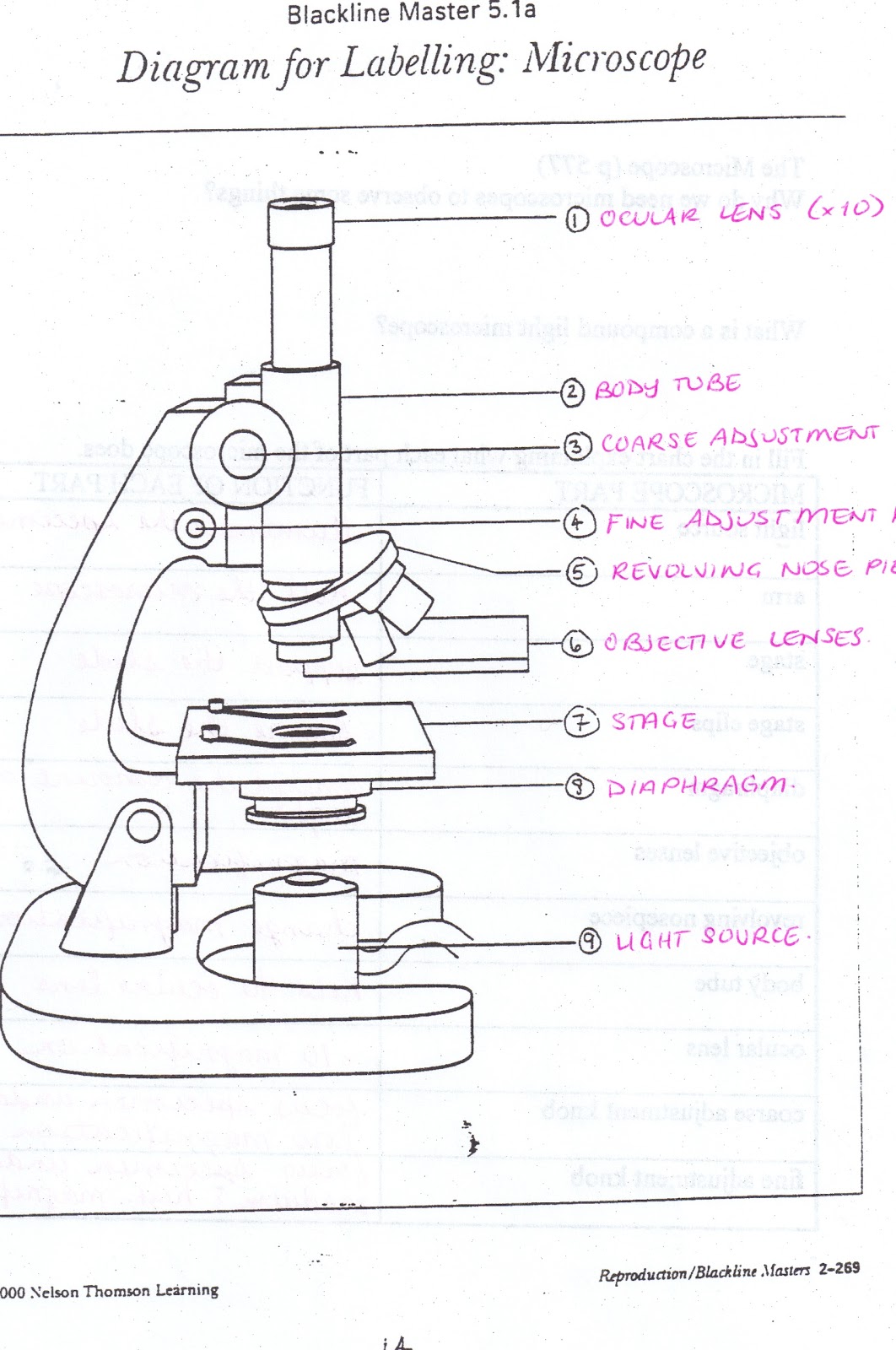



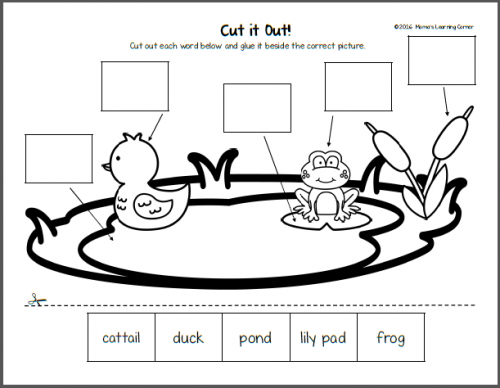


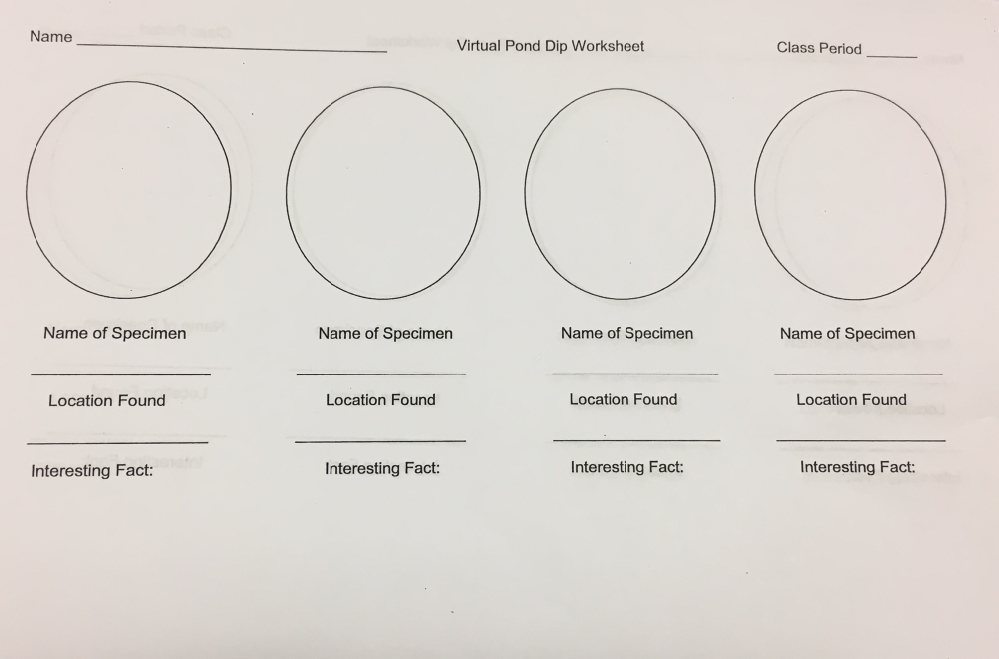

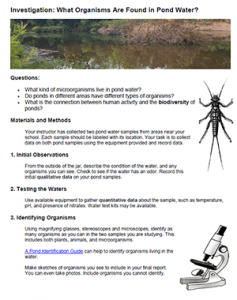


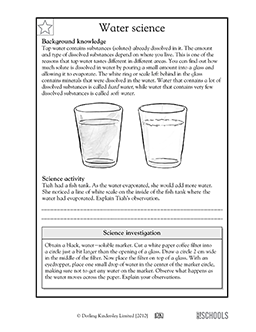
0 Response to "44 pond water lab worksheet"
Post a Comment